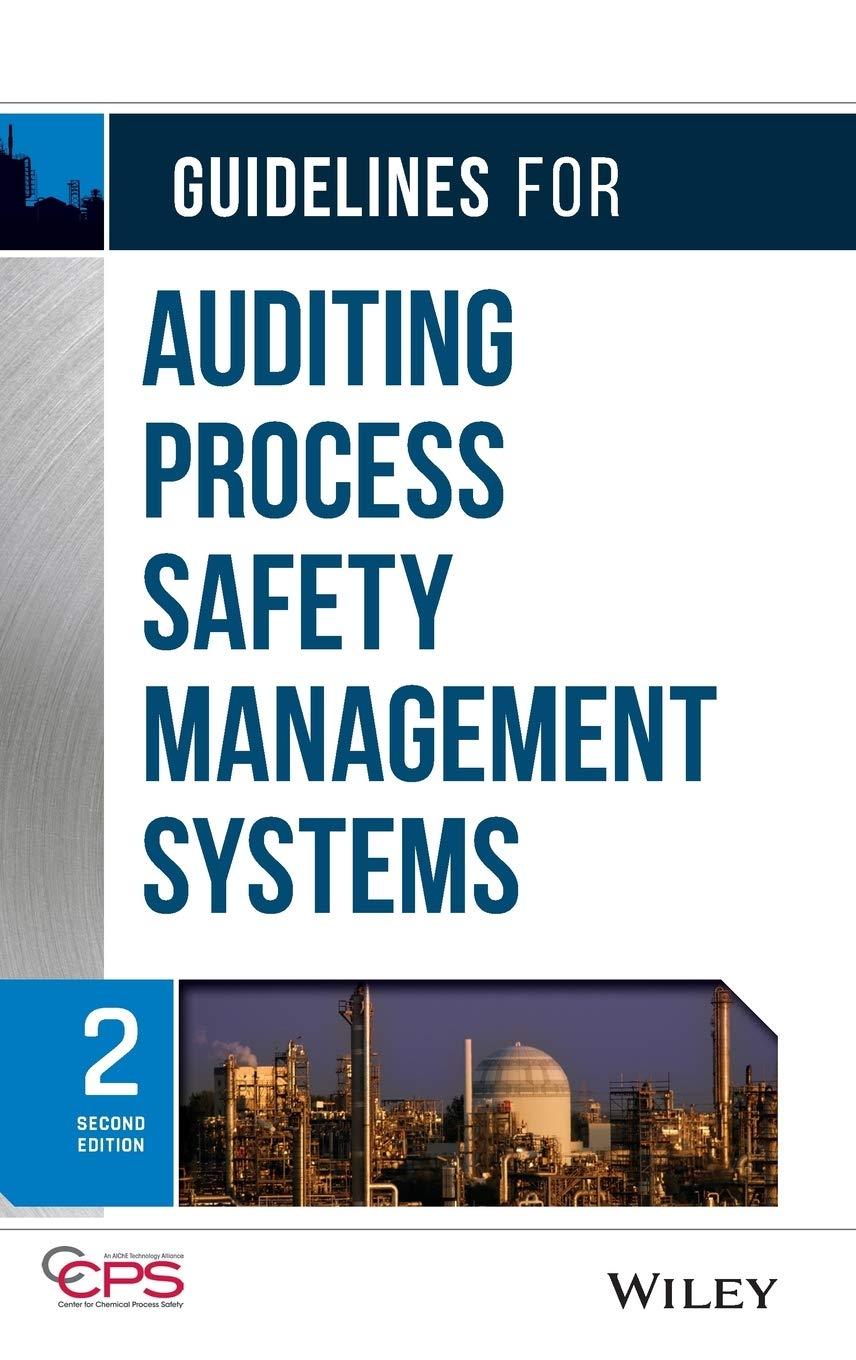CFA Adapted) PROBLEMS Refer to the financial statements of Campbell Soup Company in Appendix A. Required a. Compute the following liquidity measures for Year 1 Campbell Soup PROBLEM 10-1 Analyzing Measures of Short-Term Liqudity (1) Current ratio. (2) Acid-test ratio. (3) Accounts receivable turnover(accounts receivable balance at end of Year 9 is $564.1). 4) Inventory turnover (inventory balance at end of Year 9 is $816.0) (5) Days' sales in receivables. (6) Days' sales in inventory (7) Conversion period (operating cycle) (8) Cash and cash equivalents to current assets (9) Cash and cash equivalents to current liabilities. CHECK (a) 7, 105.54 10. 46.36 11. 59.18 (10) Days' purchases in accounts payable (11) Net trade cycle. (12) Cash flow ratio. b. Assess Campbell's liquidity position using results from (a). c. For Year 10, compute ratios 1, 4,5, 6, and 7 using inventories valued on a FIFO basis (FIFO inventory at the end of Year 9 is $904). d. What are the limitations of the current ratio as a measure of liquidity? e. How can analysis and use of other related measures (other than the current ratio) enhance the evaluation of liquidity? CFA Adapted) PROBLEMS Refer to the financial statements of Campbell Soup Company in Appendix A. Required a. Compute the following liquidity measures for Year 1 Campbell Soup PROBLEM 10-1 Analyzing Measures of Short-Term Liqudity (1) Current ratio. (2) Acid-test ratio. (3) Accounts receivable turnover(accounts receivable balance at end of Year 9 is $564.1). 4) Inventory turnover (inventory balance at end of Year 9 is $816.0) (5) Days' sales in receivables. (6) Days' sales in inventory (7) Conversion period (operating cycle) (8) Cash and cash equivalents to current assets (9) Cash and cash equivalents to current liabilities. CHECK (a) 7, 105.54 10. 46.36 11. 59.18 (10) Days' purchases in accounts payable (11) Net trade cycle. (12) Cash flow ratio. b. Assess Campbell's liquidity position using results from (a). c. For Year 10, compute ratios 1, 4,5, 6, and 7 using inventories valued on a FIFO basis (FIFO inventory at the end of Year 9 is $904). d. What are the limitations of the current ratio as a measure of liquidity? e. How can analysis and use of other related measures (other than the current ratio) enhance the evaluation of liquidity























